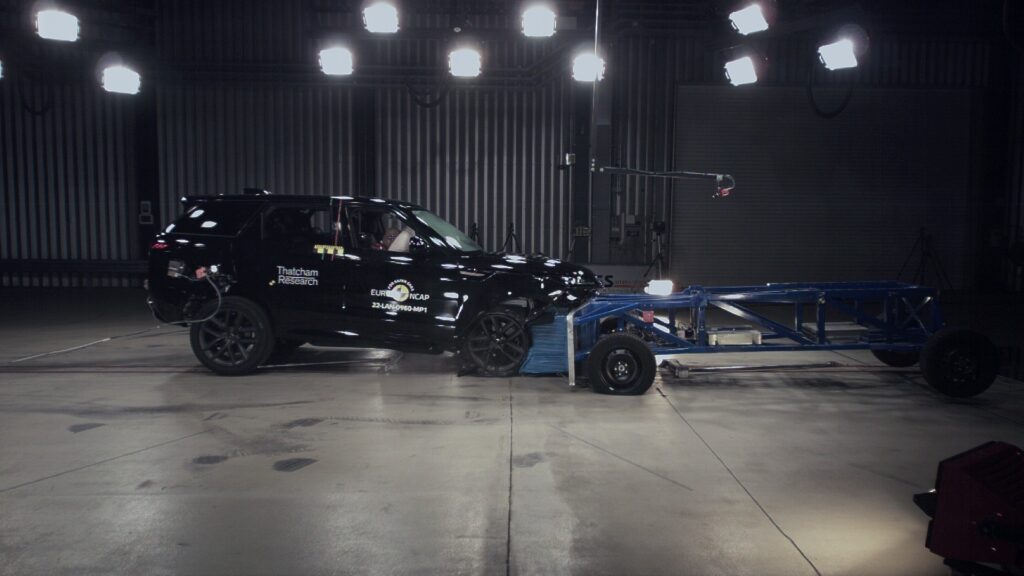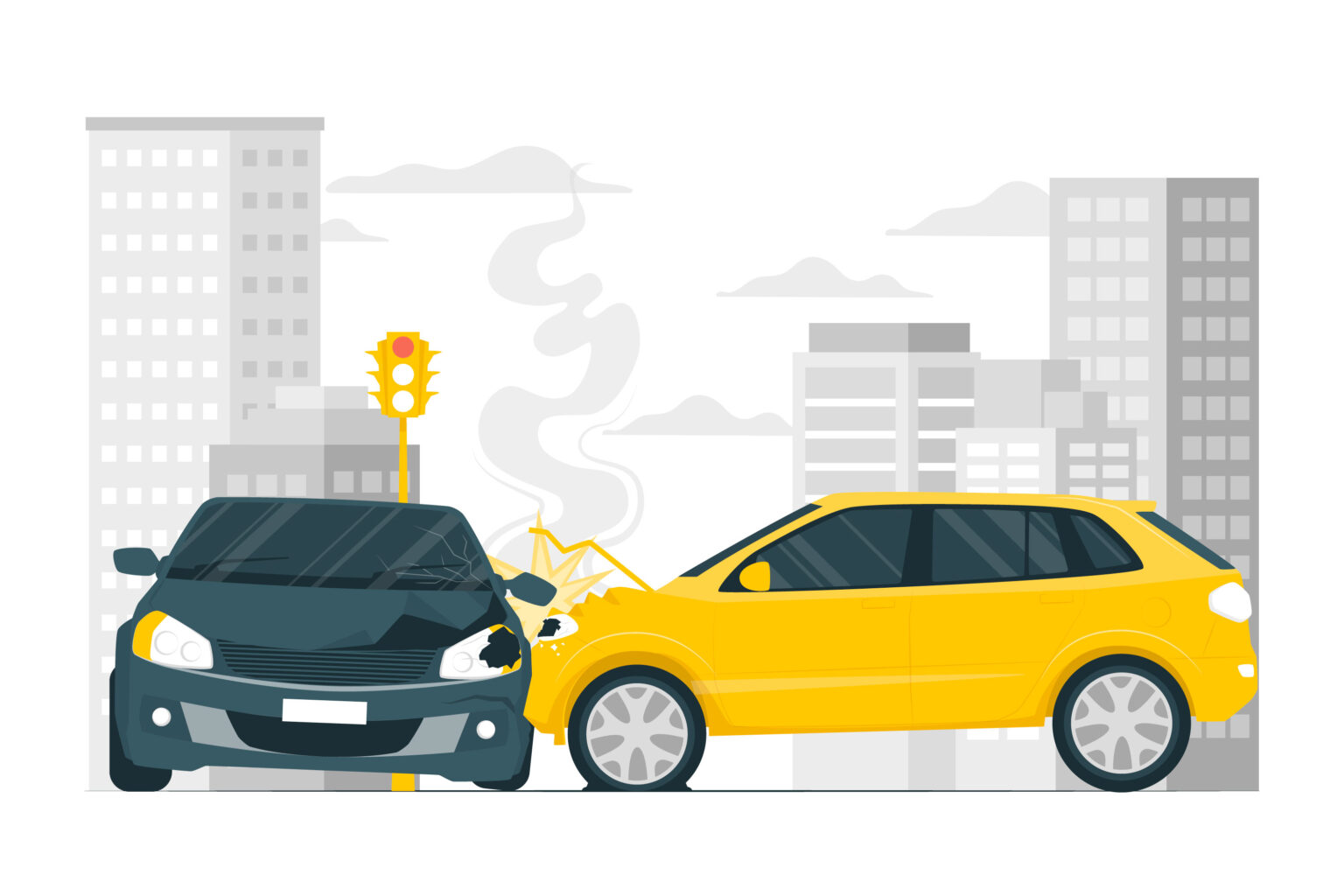A lot of us have confusion about how safe a car is and with different crash test scores for the same car…
A lot of us have confusion about how safe a car is and with different crash test scores for the same car in different NCAP tests, we here simplify for you how these same cars get different scores in crash tests
A few days back the Mahindra Thar scored 4 stars in the Global NCAP test while the Maruti Suzuki S-Presso scored a 0 in the Global NCAP test. Soon after these scores were out there was enough confusion among the people about relying on the safety in cars. To clear this confusion we explain the difference between these crash tests and the different NCAP ratings based on them. Because even if you have chosen the car on the basis of a particular crash test rating you might be unaware of the testing parameters on which the rating is given. For instance, the Jeep Wrangler scored 1 star in the Euro NCAP crash test while the Australian NCAP test rewarded it with 4 stars for safety. Just to give you a better understanding of these crash assessment programmes and how different they are from each other on the basis of testing parameters and scoring, we give you a detailed report about it here.
Global NCAP
Global NCAP stands for Global New Car Assessment Programme. Introduced in the UK by a charitable trust named Towards Zero Foundation. The reason behind car manufacturers putting their cars through this test as it is a cooperative platform which, with other NCAP authorities, emphasises the adoption of universal safety standards for motor vehicles as per the United Nations.

A car undergoing a Global NCAP test has to pass a frontal impact test only. The Global NCAP tests the car on the basis of a head-on collision where a car hits another car or object. The car in this test is driven at 64kmph into a semi-deformable barrier which simulates what would happen if two cars having the same weight crashed into each other. During the test full-size dummies are placed on the front, driver and passenger seats whereas the childlike dummies are on the rear child seats as recommended by the carmaker. The scores are then given on the basis of multiple things taken into account like injuries to the chest, knees, femur, head and neck. Also, the correct way of deployment of airbags is also taken into consideration and then the points are calculated by summing up the scores from different body regions generated after the impact and are then converted into star ratings from 0 to 5 depending on the scored points and additional points are awarded for certain extra safety features. A car without a driver-side airbag is given 0 stars as it is mandatory to have an airbag for the test.
The Mahindra Thar scored an overall 4-star rating in the Global NCAP test as it got 4 stars for both adult and child safety. After the test, it was observed that the head and neck of the front passengers were protected, the driver and passenger chest were well protected and child occupants were almost well protected and the structure was stable. But the Global NCAP test only showcased the results on the basis of frontal impact and the cases when there is lateral impact or whiplash we are unsure about how safe the Thar is until it goes through a Euro NCAP test.
Euro NCAP
Euro NCAP stands for European New Car Assessment Programme. The Euro NCAP is different from the global NCAP as it tests the car through the front, side, and rear and also tests what is the impact of the car on pedestrians and other cars during a crash. The cars undergoing Euro NCAP are based on a rough selection based on popular or interesting models or new cars that have just entered the market.

The Euro NCAP test is based on testing the safety of adult occupants, child occupants and pedestrians. The car undergoes tests like a frontal impact test with a crash test with a formidable mobile barrier and a full-width rigid barrier at a speed of 64kmph. Also, it needs to go through the mobile side impact, a side pole impact and an opposite side impact. Certain tests like whiplash and pedestrian safety are also carried out for rating the safety of a car. Additional points are given on the basis of safety features like speed assistance, lane support, ESC and occupant status monitoring.
The scoring is identical to the Global NCAP test and is rewarded in stars and will be valid for six years only. In the post-six-year term, the car has to undergo the testing parameters once again.
BNVSAP- A crash test specifically for Indian cars
Bharat NCAP or BNVSAP as the name says is a crash test rating programme for India. The BNVSAP test stands for Bharat New Vehicle Safety Assessment Programme. And, after the cars start going through the BNVSAP test, it will be mandatory for the car makers in India to advertise their cars with these crash test rating results.

The BNVSAP test is different from the Global NCAP and Euro NCAP in certain ways. Firstly the testing parameters in the BNVSAP test include frontal impact, side impact, rear impact and pedestrian safety. The most important difference in this test is the speed, the cars in the BNVSAP test have to travel at a speed of 56kmph instead of 64kmph like in the GNCAP because as per the Indian government, the average speed in India is 56kmph compared to other developed countries. The difference in the speed might result in an improved safety rating as compared to other NCAP tests, which means a car might be rewarded with more stars in a BNVSAP but might fail in the Global NCAP test.
Clearly, after going through all the tests above and learning about their testing parameters and scoring basis, you can now make the move of choosing a safe car for your family. You clearly get an idea about how the car has been awarded the stars on what kinds of test results and how safe is the car in case of a crash.

